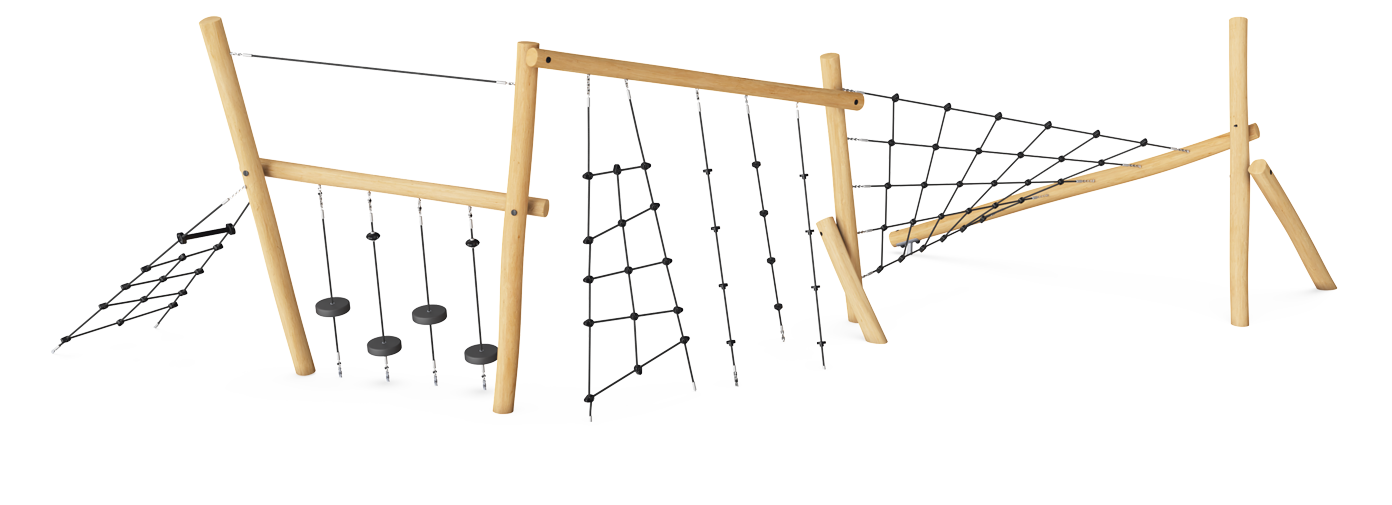
NRO854
Agility Trail 9
6+ years
62.4 m2
12 Users
Wooden playground equipment is a popular choice across the UK for outdoor parks and playgrounds, particularly among schools, councils, camping holiday parks, and playground architects who value its natural aesthetics. Our wooden play structures offer many benefits, including durability, long-lasting qualities and low maintenance, making them the ideal solution for outdoor nature play areas.
With over 50 years of experience in designing, maintaining, and installing green play areas made from natural woods, our expert team at KOMPAN can transform any outdoor space into an engaging play zone. We combine the natural beauty of woodlands with functional design to provide an abundance of play value for children, working closely with customers to deliver projects on time and within budget. Our range of high-quality natural play structures, including wooden obstacle courses, climbing structures, landmark wooden castles, Robinia ships, sunshades, swings, and more, is sure to meet your needs. Explore our range of products today!

NRO854
£ 5,280
6+ years
62.4 m2
12 Users
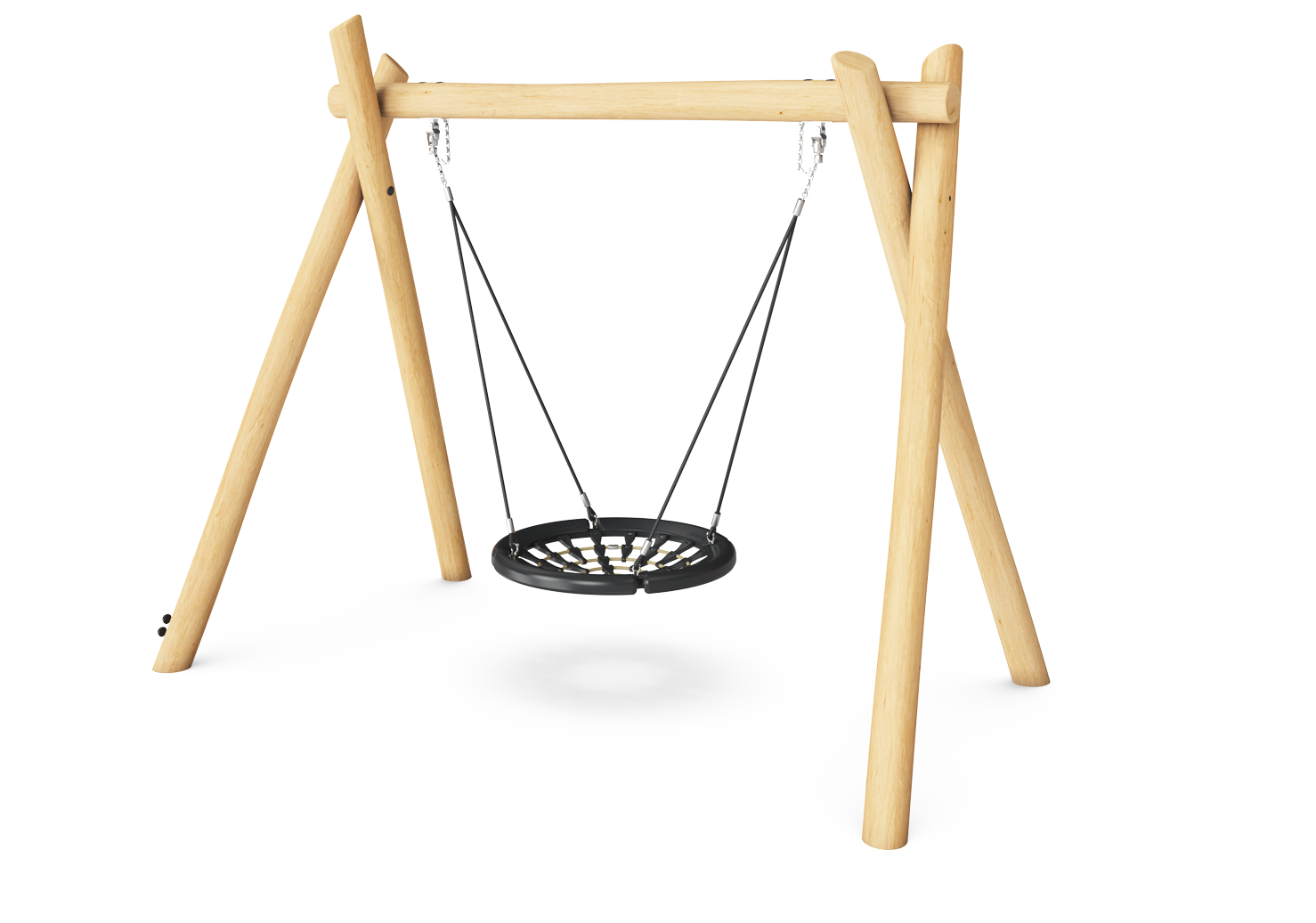
NRO906
£ 3,150
2+ years
17.3 m2
6 Users
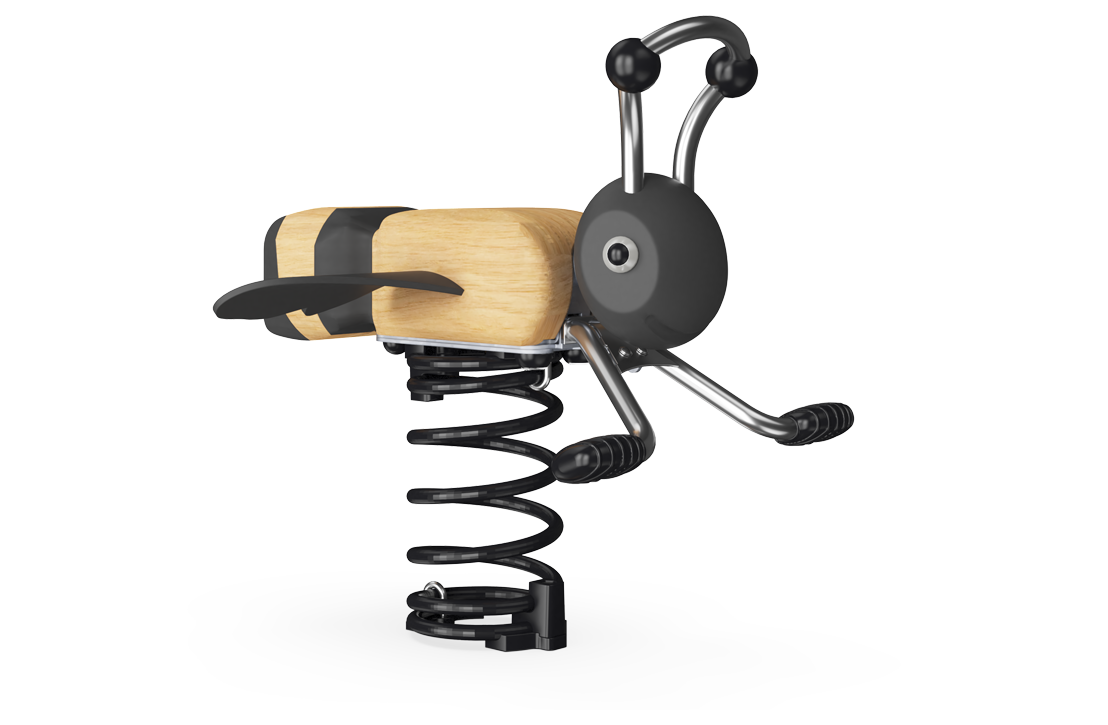
NRO118
£ 2,360
3+ years
8.6 m2
1 Users
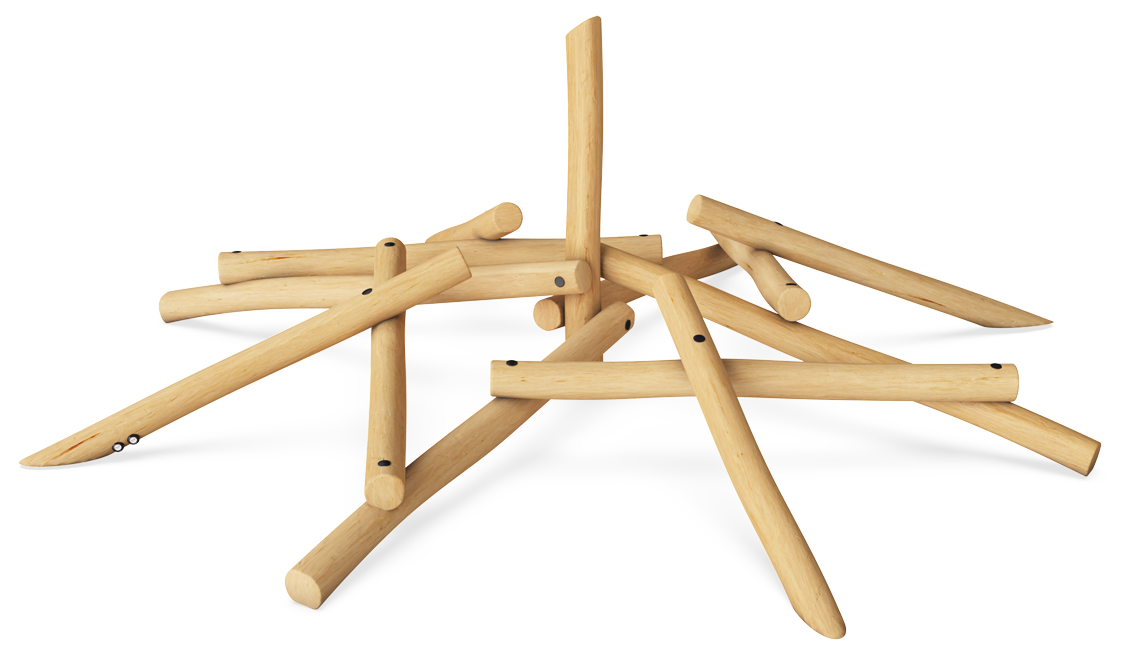
NRO826
£ 2,480
4+ years
41.9 m2
6 Users
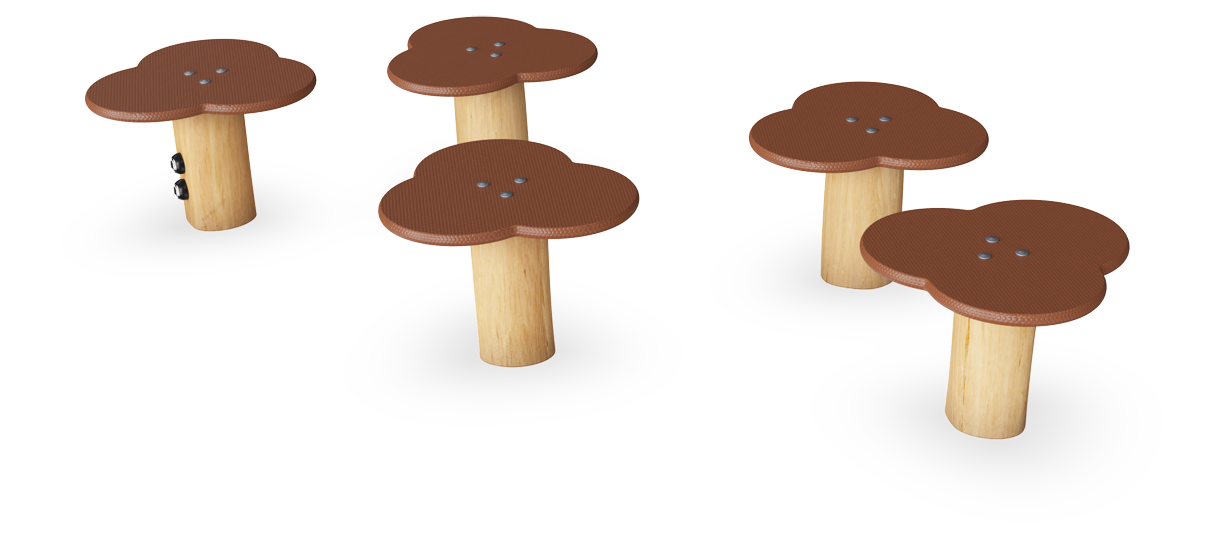
NRO820
£ 680
2+ years
16.8 m2
2 Users
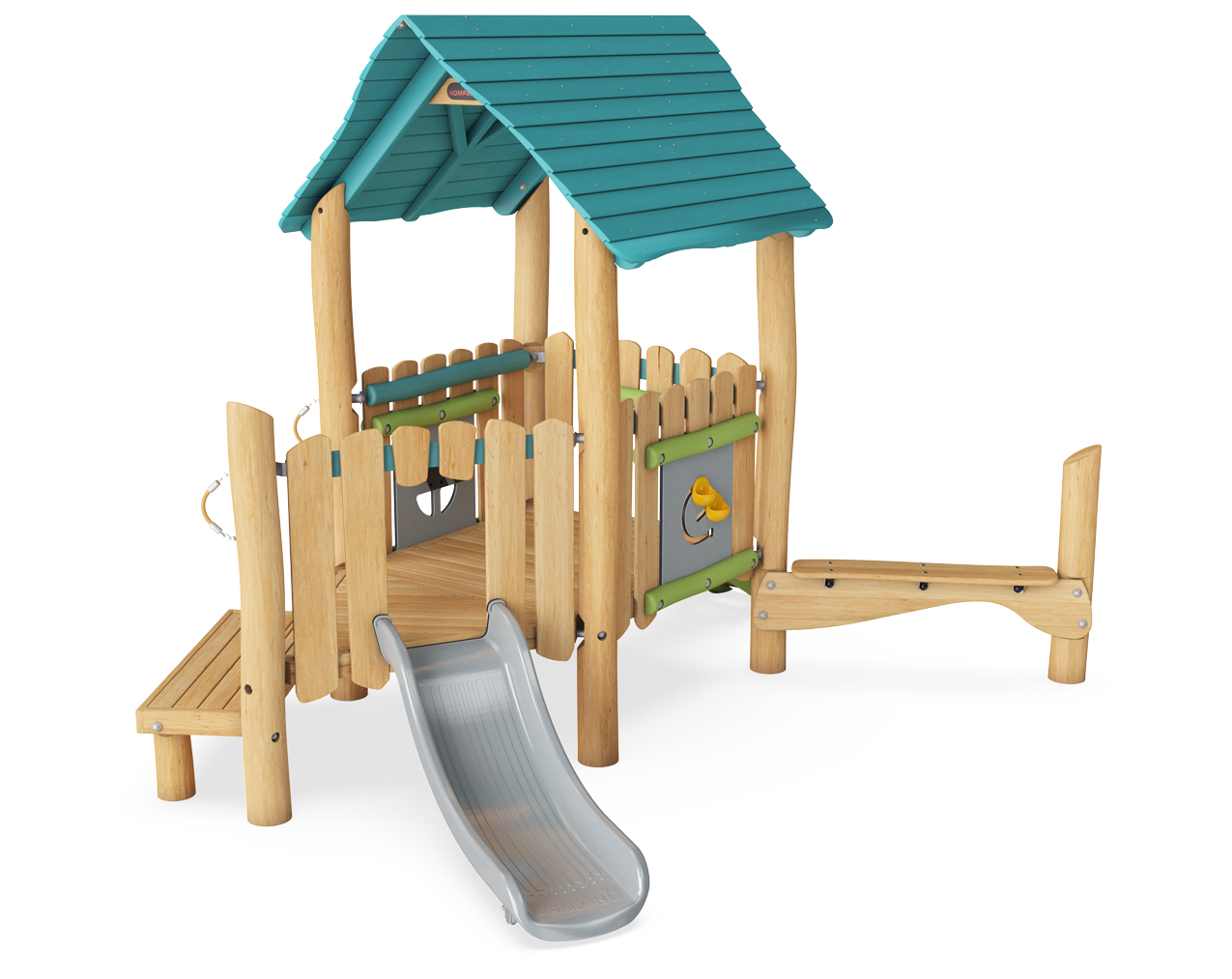
NRO417
£ 11,200
1+ years
30.2 m2
12 Users
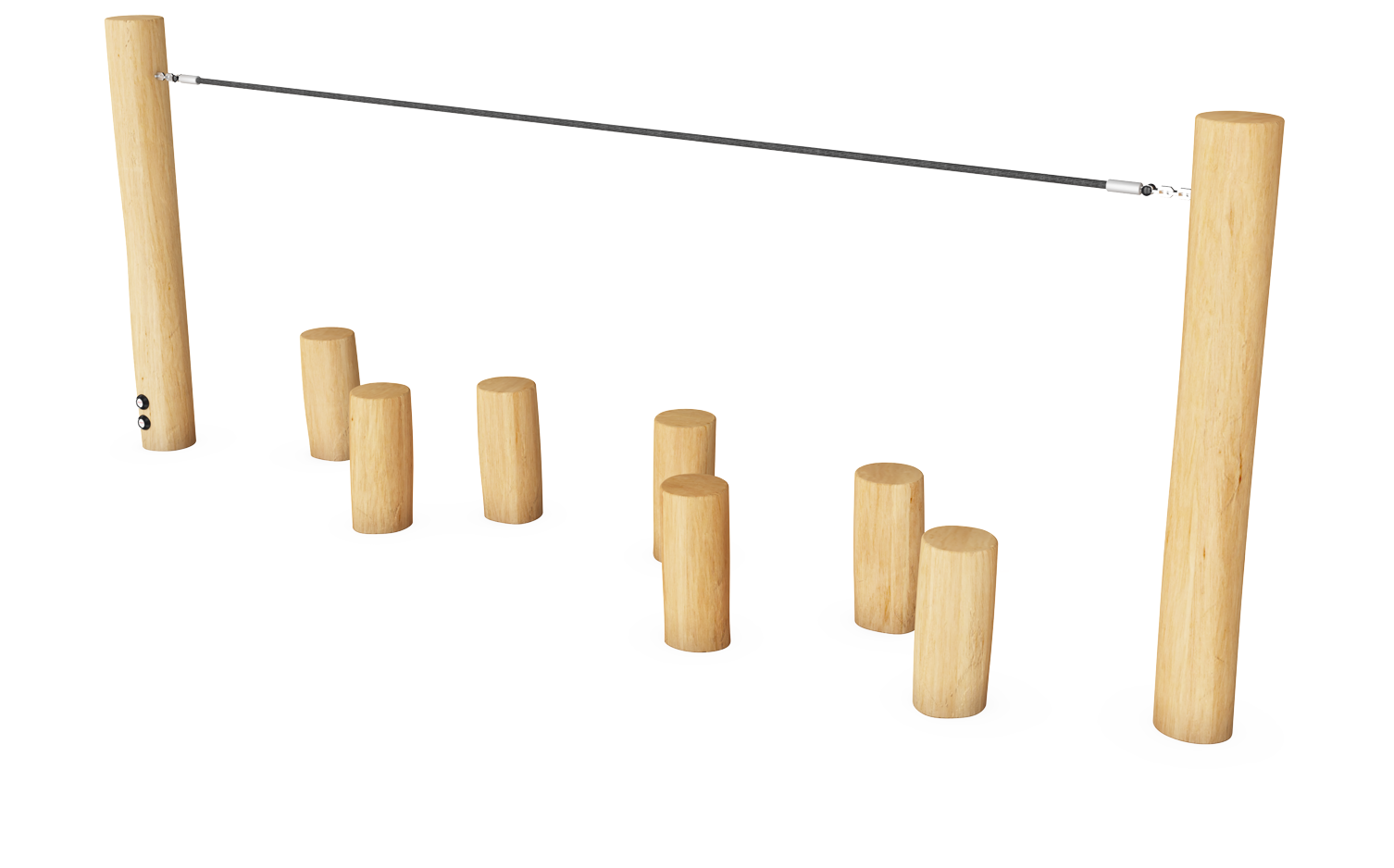
NRO821
£ 900
4+ years
19.3 m2
3 Users
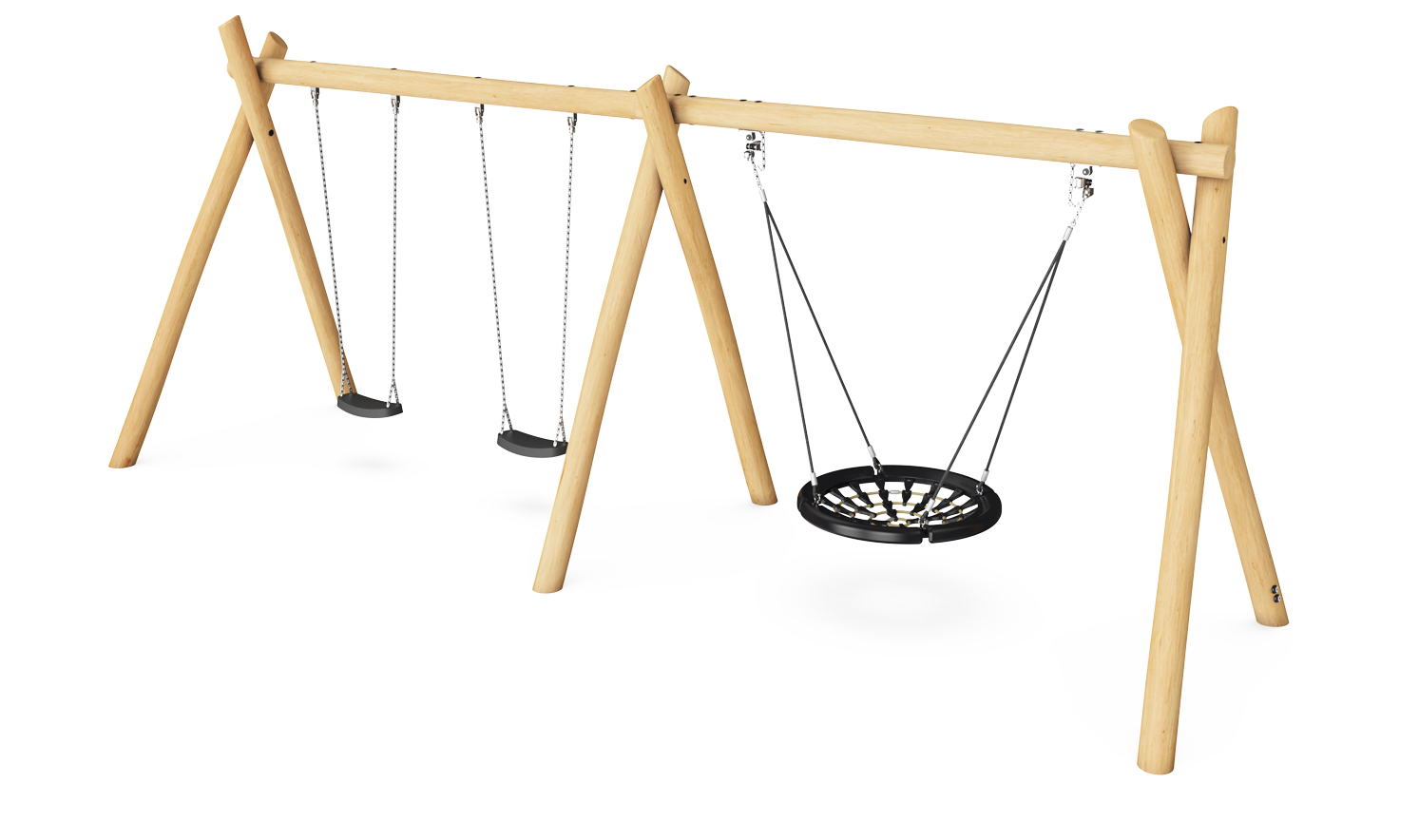
NRO907
£ 4,610
2+ years
42.9 m2
8 Users
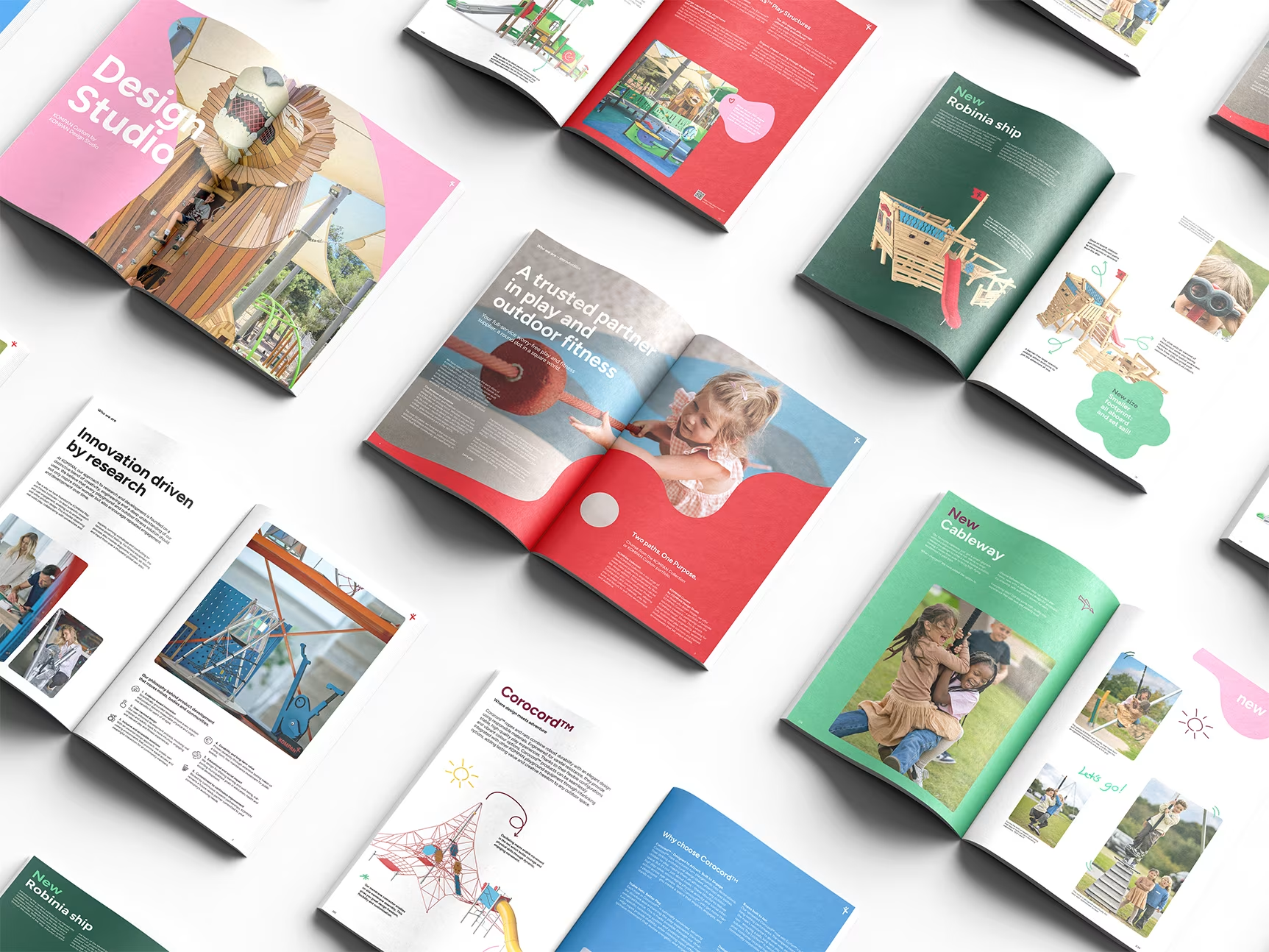

KOMPAN’s natural wooden playground equipment provides numerous benefits for both the environment and children in your outdoor green space. FSC certified, our products are more environmentally responsible, built to last and come with up to a 15-year warranty. Trusted by , , , and more, KOMPAN offers high-quality play solutions that blend seamlessly into any landscape.
Discover how KOMPAN's wooden outdoor playground equipment benefits children and how you can integrate your green space surroundings into an innovative playground design with the help of KOMPAN's play experts. Our solutions help children stay active, have fun and connect with nature.
Nature-based playgrounds inspire children to explore the unfamiliar, such as the varied textures of natural materials, offering numerous benefits. Wooden equipment fosters a positive connection with nature through hands-on interaction with wood, soil and other organic surfaces. This experience encourages children to step outside their comfort zones, engaging with new textures and objects that support their growth. Such exploration not only enriches development but also fosters positive habits, boosts academic achievement and instils lifelong behaviours.
Robinia wood’s natural versatility makes it an outstanding choice for playground equipment, and KOMPAN’s diverse product range caters to a wide variety of play structures, including , , and .
We all know how unpredictable the UK weather can be—sunny one day, windy and rainy the next! For playground equipment to endure in such conditions, it needs to be tough and resistant to the elements. At KOMPAN, we rigorously test materials for durability and performance. Our natural play equipment is crafted from Robinia hardwood, renowned for its strength, longevity and low maintenance, making it the ideal choice for outdoor nature play areas.
Crafted from 100% natural Robinia wood, a ‘born green’ resource, KOMPAN’s wooden structures are perfect for parks, woodlands and other green spaces. Designed to blend seamlessly into their surroundings, they complement existing features such as trees, rocks, water elements and sensory gardens, ensuring minimal impact on the landscape. Not only do these more eco-friendly structures look beautiful, but they also offer durable, low-maintenance solutions that require no additional chemical treatments for in-ground installation.
On all Robinia nature play structures, you can choose your finish:
Untreated
The unpreserved wood will patina over time, blending in with the surroundings.
Brown Pigment
Maintains the glow of the original Robinia.
Painted
The colourful choice for a unique play solution.
As part of our environmental footprint, we introduce Robinia as part of a complementary range of long-established favourites, such as swings and climbing frames, and it is perfect for sand and water play. We also use its strength and ‘friendliness’ to make obstacle courses challenging, not intimidating.
Robinia is the tree that gives everything. From replenishing the soil with nitrogen, to burning like coal, providing the source for exceptional honey, to being one of the most dense and versatile timbers. A native of eastern USA, where it is called black locust, it was introduced to Europe by the king of France’s gardener in 1602. That tree still stands in Square Viviani in central Paris. The tree can now be found growing around the world. In Europe, it is most prolific in Germany, Romania and the Czech Republic. It is the wood of choice for KOMPAN because it brings strength, durability and individuality to each design.
Organic, more environmentally friendly and can be FSC certified
Naturally occurring preservatives make it resistant to rot, humidity and water
Low levels of fabrication give posts natural winding curves and bends
Native European wood that is naturally strong and durable
The answer in KOMPAN terms is neither – with proper care they both should last a playing ‘lifetime’. Robinia wood has a 15-year warranty. If there is one difference the man-made Ecocore™ has a lifetime guarantee, it looks as good on day one as day 10,000, wood on the other hand matures and can often seem more welcoming with age.
We are proud to provide outdoor nature playground equipment across the UK, working with , , , , , and . Our team of local experts are here to help you bring your next playground project to life.
In addition to designing and supplying nature playground equipment, we also offer comprehensive to ensure your existing wooden equipment meets British safety standards. today to discover how we can assist you.